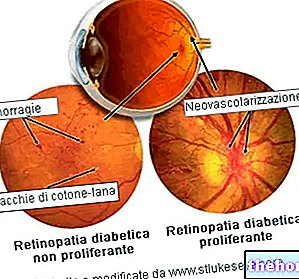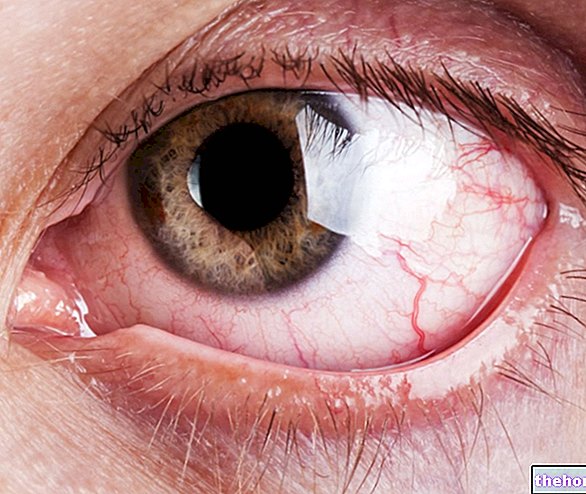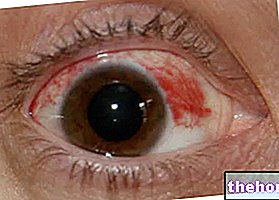Generality
"Black eye" is the expression used to describe a "bruising in the peri-orbital area, caused by a facial injury."

A black eye is a fairly common injury and, in most cases, a relatively minor injury that heals spontaneously after a few days. However, it can also result from more severe damage, which requires medical attention. For example, bleeding in the anterior ocular chamber (hyphema) can affect the cornea and have consequences for vision.
Causes
- Despite what the name suggests, the black eye is not an eye injury, but a bruise around the orbit.
- In most cases, a black eye is caused by trauma to the face that causes the capillaries located around the eye socket to break and the resulting hematoma.
- Some treatments, such as facial plastic surgery, can induce the development of a black eye, which is evident during post-operative recovery.
- Allergic reactions, hereditary conditions, skin or dental infections can cause swelling of the face. However, these do not cause the typical dark color to appear in the area around the eye.
Symptoms
After an eye injury, it is important to distinguish between the symptoms of a "simple" black eye and those that could indicate a more serious head injury.
Symptoms of a black eye can include:
- Pain around the eye;
- Swelling around the eye. Edema may make it difficult to open the affected eye. Over the next few days, the swelling around the eyes should gradually decrease;
- The skin around the eyes may be red at first. Over time, the injured area gradually takes on a darker shade (red-bluish, then green, then yellow);
- Blurred vision and headache.
In severe cases, the appearance of a black eye may coincide with ocular or head trauma and may be associated with the following manifestations: loss of vision, double vision, inability to move the eye, secretions of clear fluid or blood from the ears or from the nose, blood effusion on the anterior ocular surface, persistent headache or loss of consciousness. In some cases of trauma to the eye, increased pressure inside the eyeball (ocular hypertension) may occur. If both eyes are black, a skull fracture may have occurred.
Diagnosis
In most cases, all that is needed to diagnose a black eye is a physical exam. Your doctor can check for eye movement and for abrasions or foreign bodies that can damage the eyeball. In addition, the facial bones are examined to assess the extent of the injury.
Blunt eye injuries, such as in some contact sports or ordinary accidents, could lead to retinal detachment, internal bleeding, or other problems. A fracture of the orbit could damage an eye muscle, surrounding soft tissue, or the optic nerve. In some cases, surgery may be needed to correct the condition.
To confirm the diagnosis, the patient may undergo an x-ray or CT scan (computed axial tomography). In the case of a more serious injury, the patient may be referred for evaluation by an otolaryngologist, a neurosurgeon or a plastic surgeon, in order to establish the most appropriate therapy.




























